Ipgok County Park (입곡군립공원)
2021-06-10
Ipgokgongwon-gil, Haman-gun, Gyeongsangnam-do
+82-55-580-4583
Ipgok County Park was once a reservoir used for agricultural water during the Japanese colonization period. Near the reservoir, a dense pine tree forest can be seen along the steep cliff and a trekking path winds through the forest. In spring, cherry blossoms provide picturesque scenery in the vicinity of the area and azaleas bloom on the ridges and cliffs as well. A sports field equipped with stands is located in the upper area.
The reservoir boasts a grand size with a 4-kilometer circumference making it the largest reservoir in Haman. However, it is shaped like a snake, making it impossible to see the starting and ending points at the same time. It is well-known as a relaxing vacation spot among local families.
Jirisan National Park (Hadong Section) (지리산국립공원(하동))
2021-06-24
Hwagae-ro, Hadong-gun, Gyeongsangnam-do
+82-55-883-1750
Designated as the first national park in Korea on December 29, 1967, Jirisan National Park stretches out over 483.022 square kilometers, making it the largest national park among all 22 national parks. It covers Korea’s three southernmost provinces; Gyeongsangnam-do, Jeollanam-do, and Jeollabuk-do, one city, four counties, and 15 districts of eup and myeon. The area in Gyeongsangnam-do has many temples including Ssanggyesa Temple and Chilbulsa Temple, as well as valleys, falls, and other tourism resources.
Undersea Tunnel - Tongyeong (해저터널-경남 통영)
2024-01-03
Dang-dong, Tongyeong-si, Gyeongsangnam-do
Constructed over a 16-month period from 1931 to 1932, the undersea tunnel in Tongyeong is Asia’s first submarine tunnel. For its construction, the sea water was blocked at both ends, the tunnel was dug underground, and was paved with concrete. The Korean word “Yongmundalyang” engraved at the entrance of this 483-meter long, 5-meter wide tunnel means “the entrance of an undersea tunnel that connects island to land.”
Maemuldo Islands (매물도)
2020-02-25
Maemuldodaehang-gil, Tongyeong-si, Gyeongsangnam-do
+82-55-650-4681
Maemuldo Island is comprised the three islands Daemaemuldo Island, Somaemuldo Island, and Deungdaedo Island. The best view can be seen from the sea cliffs of Somaemuldo Island and Deungdaedo Island. Somaemuldo Island, whose entire area is no more than 2.51㎢, is a small island but very popular. Daemaemuldo, Hongdo, Deungdaedo, Daegueulbido and Sogueulbido Islands are all scattered around Somaemuldo Island.
Hallyeohaesang National Park (Tongyeong District) (한려해상국립공원(통영))
2021-01-19
Sanyang-eup, Tongyeong-si, Gyeongsangnam-do
+82-55-640-2400
Hallyeohaesang National Marine Park was designated as the first national marine park in 1968 and covers the area between Jisimdo Island in Geoje and Odongdo Island in Yeosu with six separate districts including Geoje, Tongyeong, Sacheon, Hadong, Namhae and Odongdo Island. It spans over an area of 535.676 ㎢ and the ocean accounts for 76% of the total area. The outstanding view created by the sea and land attracts over 1 million visitors every year.
The Tongyeong district of the park encompasses Dadohae Islets, Bijindo Island and Haegeumgang Islets. The Donam Complex in Tongyeong is being developed as a world-class marine tourist attraction. On Hansando Island, there are many historical sites dedicated or related to the great Admiral Yi Sun-sin, such as battlefields where the admiral defeated Japanese naval forces. Other sites include those related to the Imjin War such as Jeseungdang, Chungnyeolsa and the turtle lighthouse. The Sanyang Road is a great driving course along where one can see the entire Mireukdo Island and appreciate the scenery. From Dara Park, visitors can enjoy the great view of Dadohae Islets. Major attractions include Hansando Island, Bijindo Island and Maemuldo Islands; the latter two are often said to be the focal point of this scenic sea park.
Byeokgyegyegok (Chalbi) Valley (벽계(찰비)계곡)
2021-02-20
201, Byeokgye-ro, Uiryeong-gun, Gyeongsangnam-do
+82-55-570-4958
Byeokgyegyegok Valley in Uiryeong, Gyeongnam region begins at Jagulsan Mountain and runs down along Hanusan Mountain, showcasing deep valleys and interesting rock formations. Also called Chalbigyegok Valley, the valley has clean water flowing all year round. The valley’s stream from the waterfall creates big and small ponds along its way, most famous among which are Gaksiso and Nongso ponds.
The biggest draw of this attraction is the crystal clear pond waters that are clean enough to reflect the surrounding forest like a natural mirror. Byeokgye Tourist Site and Byeokgye Reservoir located near the tail-end of the valley are growing into full-fledged tourist attractions for camping and fishing.
Tongdo Fantasia (통도환타지아)
2022-09-26
68, Tongdo 7-gil, Yangsan-si, Gyeongsangnam-do
+82-55-379-7000
Tongdo Fantasia is located in Yangsan, Gyeongsangnam-do, which shares borders with Milyang, Ulsan and Busan. This makes the amusement park very accessible by any means of transportation. Tongdo Fantasia operates Tongdo Country Club as well, and nearby Tongdosa Temple is also available for visitors who want to look around the local historic sites. The amusement park, the biggest theme park in Gyeongsangnam-do sits at the foot of Yeongchwisan Mountain, has over 30 amusement facilities, a large-scale swimming pool, a natural lake, a plaza for various events and a large-scale outdoor theatre, all offering various activities and events.
Sancheong Daewonsa Temple (대원사(산청))
2021-08-13
453, Pyeongchonyupyeong-ro, Sancheong-gun, Gyeongsangnam-do
+82-55-972-8068
Located at the eastern foot of Jirisan Mountain, Daewonsa Temple was first built in 548 during the Silla dynasty, but it remained closed for over thousand years until it was renovated and made bigger with the name Daewon. Unfortunately, the entire premises were lost to a big fire during the night of January 12, 1914, and all the halls and pavilions, including Yosachae, totaling 184 rooms in 12 buildings, were rebuilt in 1917. However, they were damaged once again during the Korean War and were abandoned until the war ended where the temple was rejuvenated and made even bigger. Located nearby are Geoyeonjeong and Gunjajeong Halls that are believed to have been the studying venue of scholars.
* Daewonsa Valley
The two-kilometer-long valley that stretches from the parking lot at the entrance to Daewon Temple to the temple itself is surrounded by high hills and curious-looking rocks. The clean water that oozes out through craters between the rocks generates unusual scenery. Associated with Yongso Pond is the legend that a dragon lived in it for hundreds of years before it finally flew away. Somakgol Valley is known to be the place where the last king of Garak Kingdom came to feed his cows and horses.
Yeojwacheon Stream (여좌천(벚꽃명소))
2024-07-05
16 Yeojwacheon-ro, Jinhae-gu, Changwon-si, Gyeongsangnam-do
+82-55-225-3691
The area around Yeojwacheon Stream is well known as one of Jinhae’s best spots for viewing cherry blossoms. It is also the location of the bridge where the two leading characters, Gwanu and Chaewon of "Romance (2002)," an MBC TV series, first met as tourists who came to Jinhae to enjoy Jinhae Gunhangje Festival. After the episode was aired, the bridge instantly became popular and widely known as the Romance Bridge. Each April, the entire city of Jinhae is filled with cherry blossoms, but the Yeojwacheon Stream area has the most beautiful cherry blossoms which makes it a prime tourist attraction.
Jirisan Cheonwangbong Peak (지리산 천왕봉)
2025-03-28
Jirisan-daero, Sancheong-gun, Gyeongsangnam-do
+82-55-970-1000
* Please be advised that this is located in one of the areas affected by the recent wildfire (as of March 27, 2025).
** For real-time wildfire information and emergency upates, visit the Korea Forestfire Information website and the National Disaster and Safety Portal.
Along with Geumgangsan Mountain and Hallasan Mountain, Jirisan Mountain is known to be one of the most sacred mountains in Korea. It was named "Jiri" because it was believed to be a place that turns the innocent into the wise. On December 29, 1967 Jirisan National Park was declared the nation’s first and biggest national park. Its 440.517 square kilometer area covers Hadong, Sancheon and Hamyang in Gyeongsangnam-do; Gurye in Jeollanam-do ; and Namwon in Jeollabuk-do region. The total area is seven times that of Gyeryongsan National Park and 52 times that of all of Yeouido Island in Seoul.
At 1,915.4 meters high, Cheonwangbong Peak is the second highest peak in Jirisan National Park. Countless valleys and waterfalls surround the peak, as well as trails connecting to other peaks within the park.
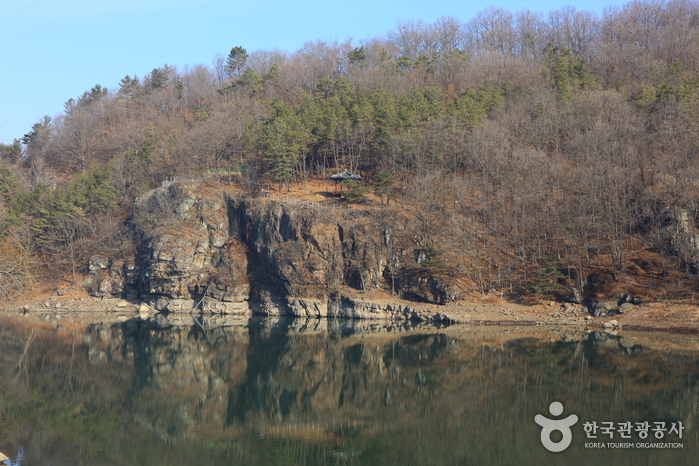
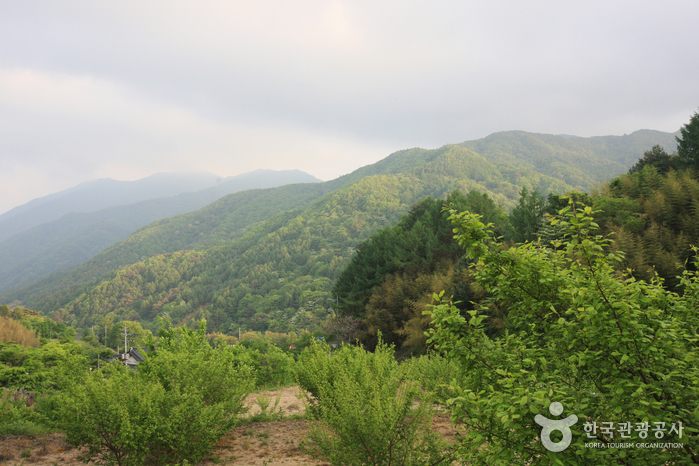
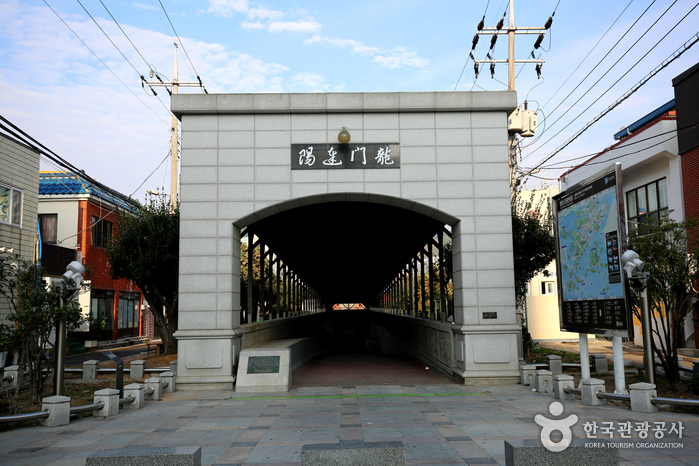

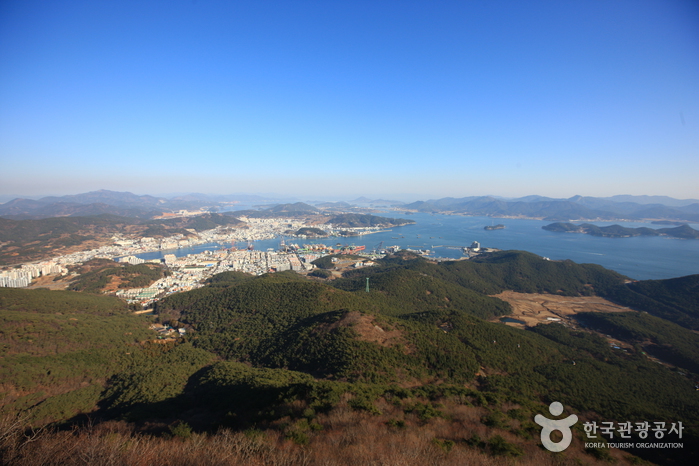
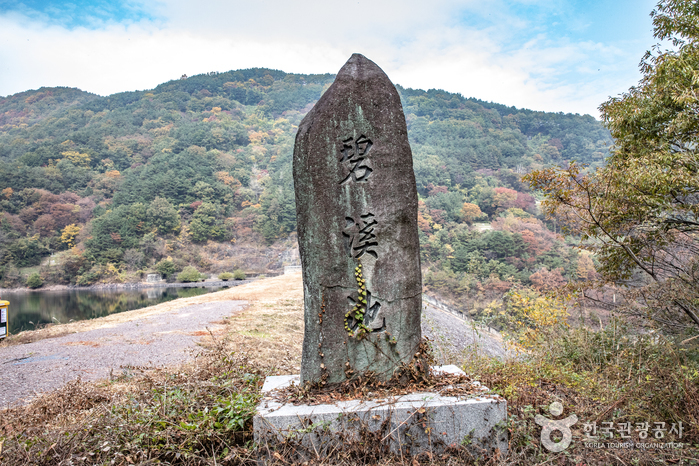
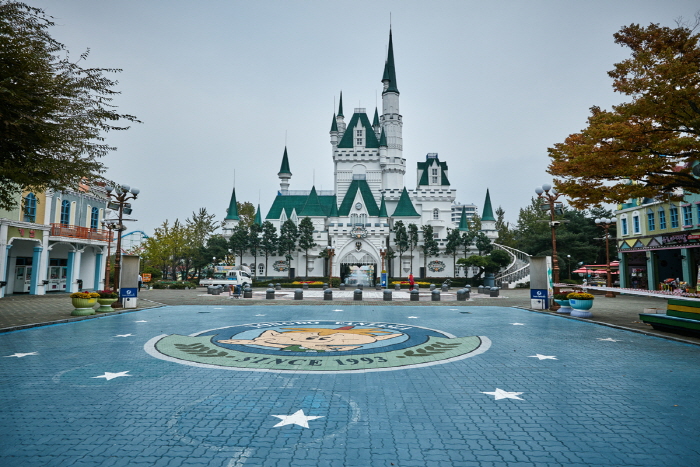
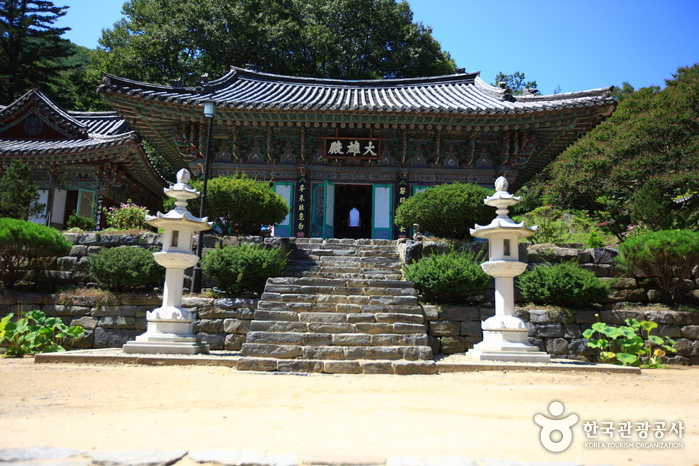

 English
English
 한국어
한국어 日本語
日本語 中文(简体)
中文(简体) Deutsch
Deutsch Français
Français Español
Español Русский
Русский